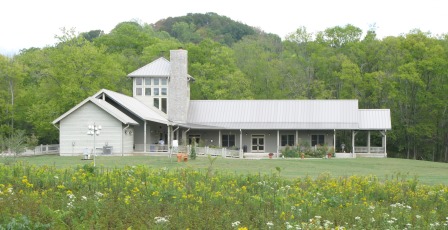We hope everyone has a fun and safe Labor Day weekend. If you need bird feeding supplies don’t forget to stop by on Friday or Saturday. The Wood Thrush Shop will be closed Monday September 3rd. We will re-open on the 4th at normal hours.
Things are starting to slow down a bit at seed feeders, so I thought it would be a good time to revisit some old blog posts that are still very relevant for this time of year with the upcoming fall migration. Click on the linked title of each blog post to see the entire post.
Peak time for Hummingbirds: As many of you are aware the Hummingbird activity has geared up quite a bit since mid-August. Click here to read our blog post detailing all the reasons we see so many of these little birds this time of year.
Hummingbird Happy Hour: Don’t forget there is still time to purchase tickets to the Hummingbird Happy Hour at The Warner Park Nature Center on September 7th. Proceeds from ticket and art sales will support the Bird Information, Research and Data (B.I.R.D) programs. Click Here for more info.
Drippers, Misters and Moving Water: This time of year water can be scarce. Having a clean fresh birdbath is a great way to attract birds. Click here to check out this blog post all about adding moving water to your birdbath or backyard water source.
Bird Bio: Chimney Swifts & Common Nighthawks: Soon if not already we will start seeing signs of fall migration and what better blog post to revisit than the bird bio on Chimney Swifts and Common Nighthawks. Click here to read our bird bio













